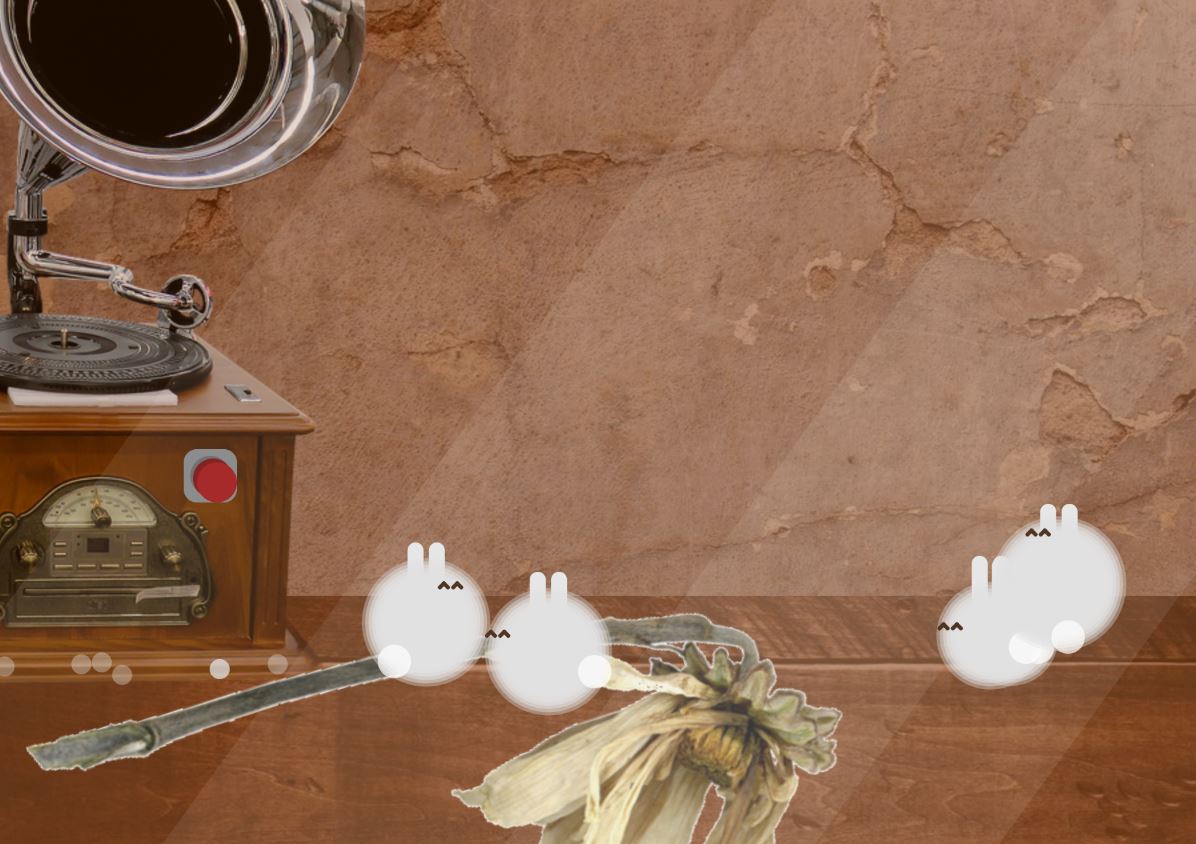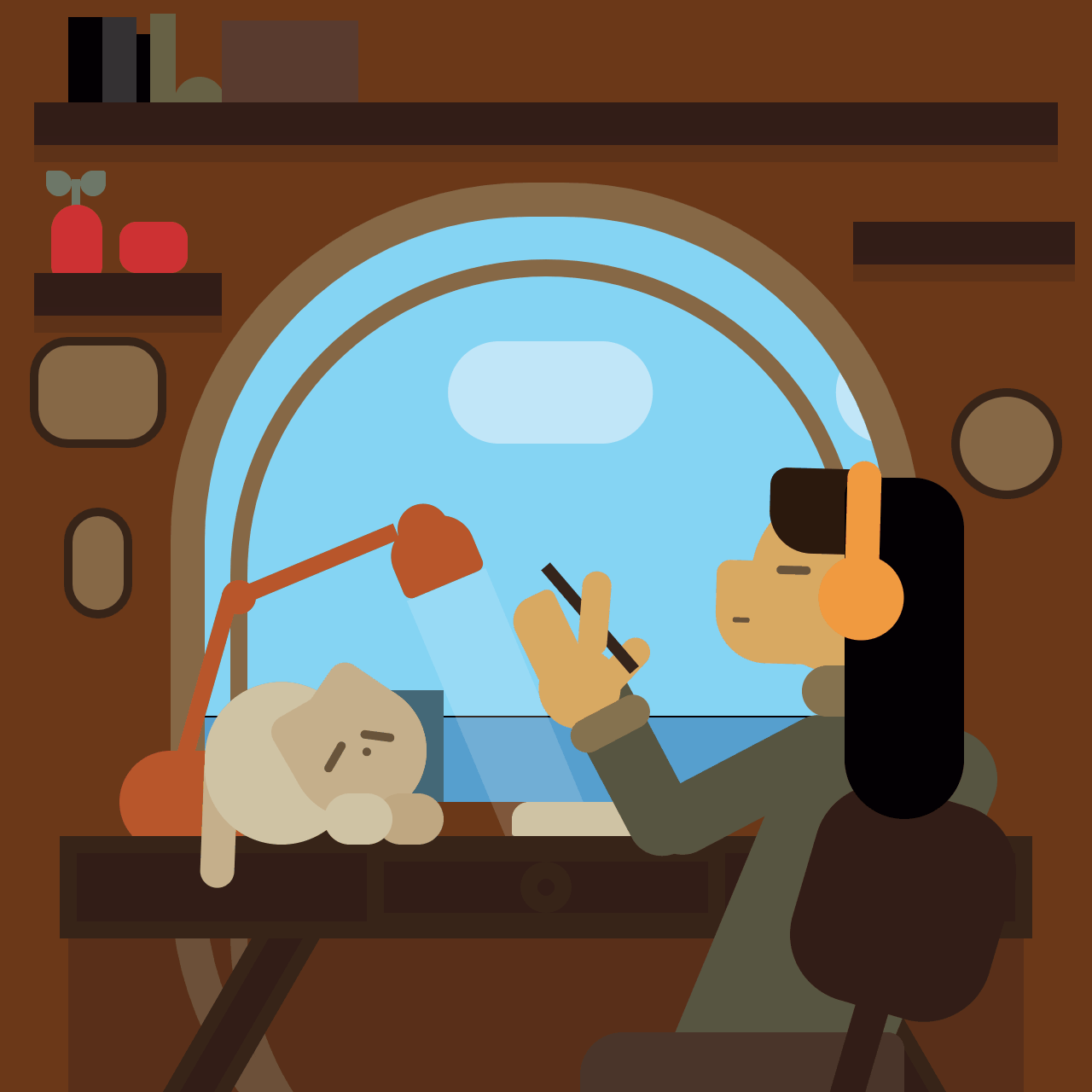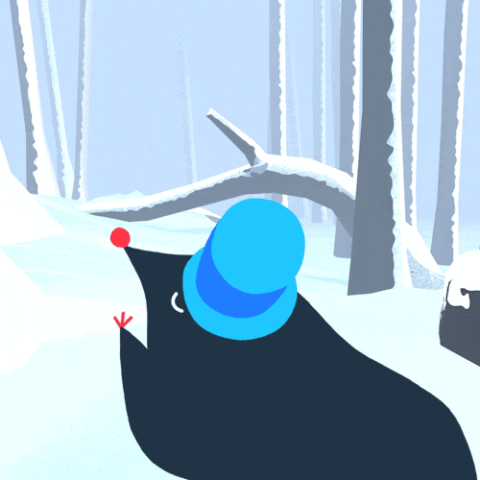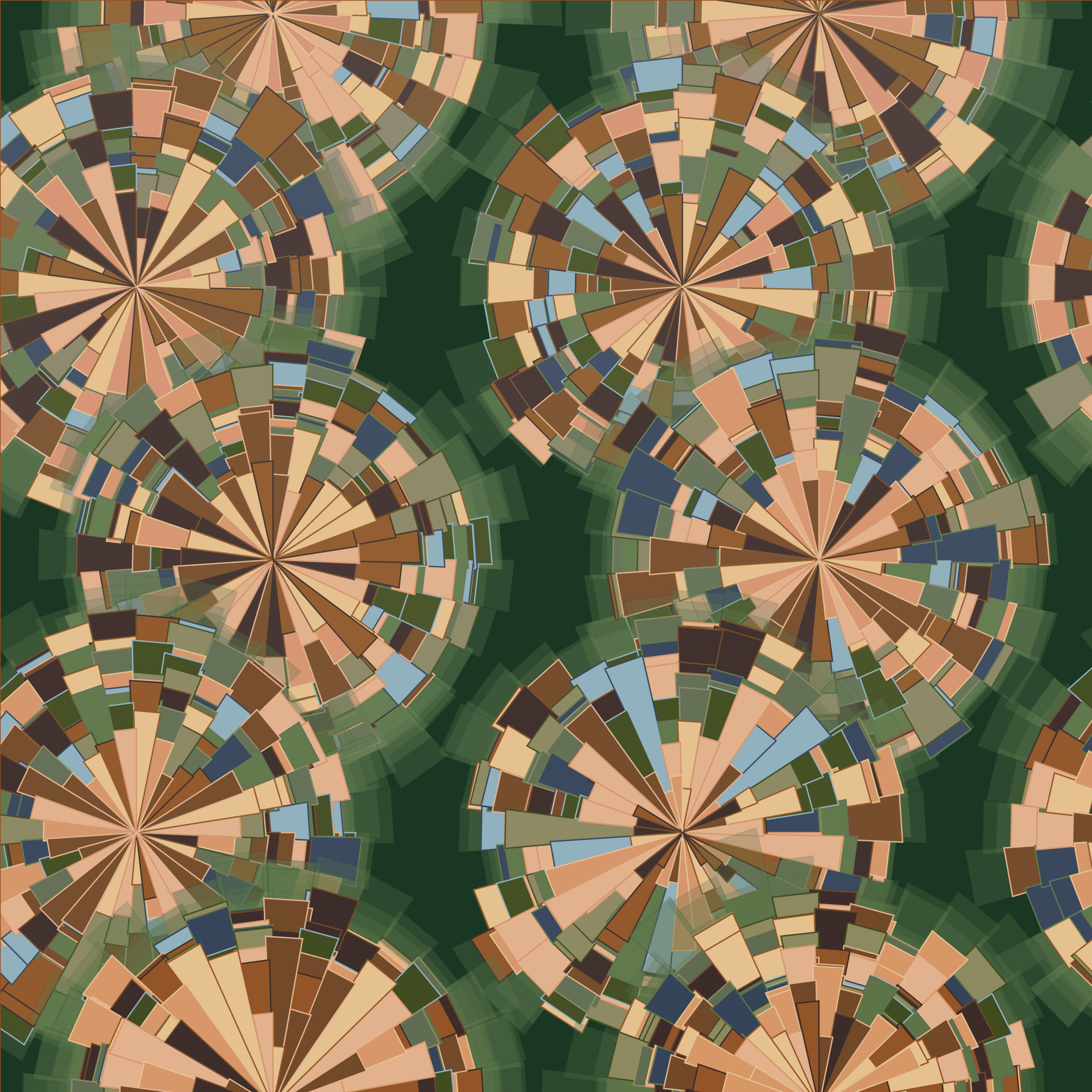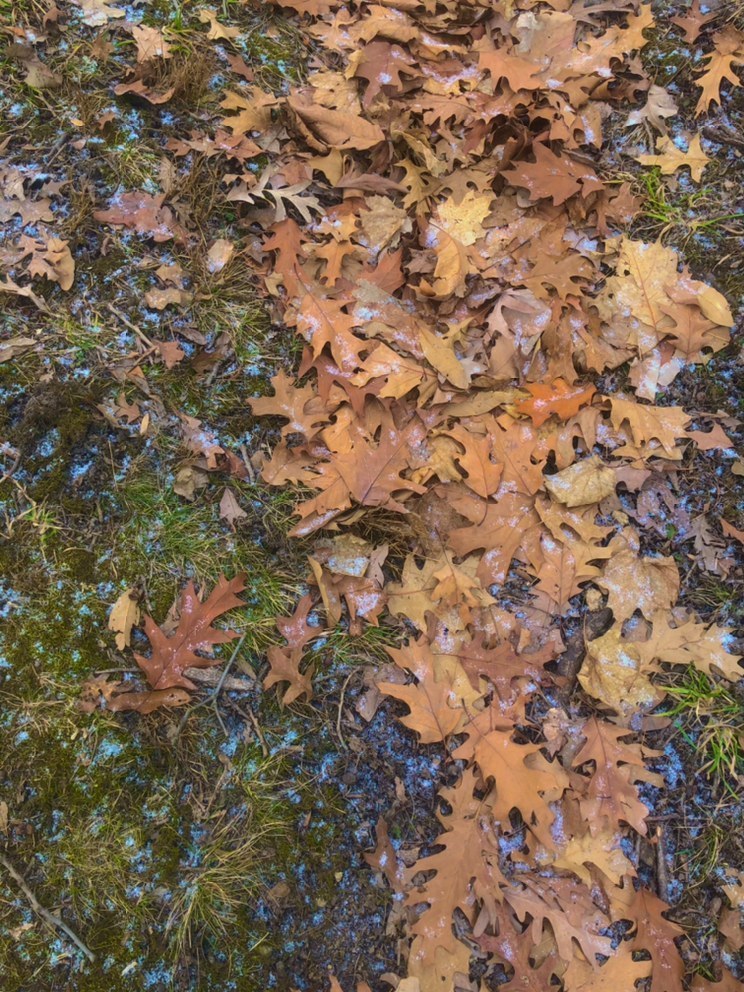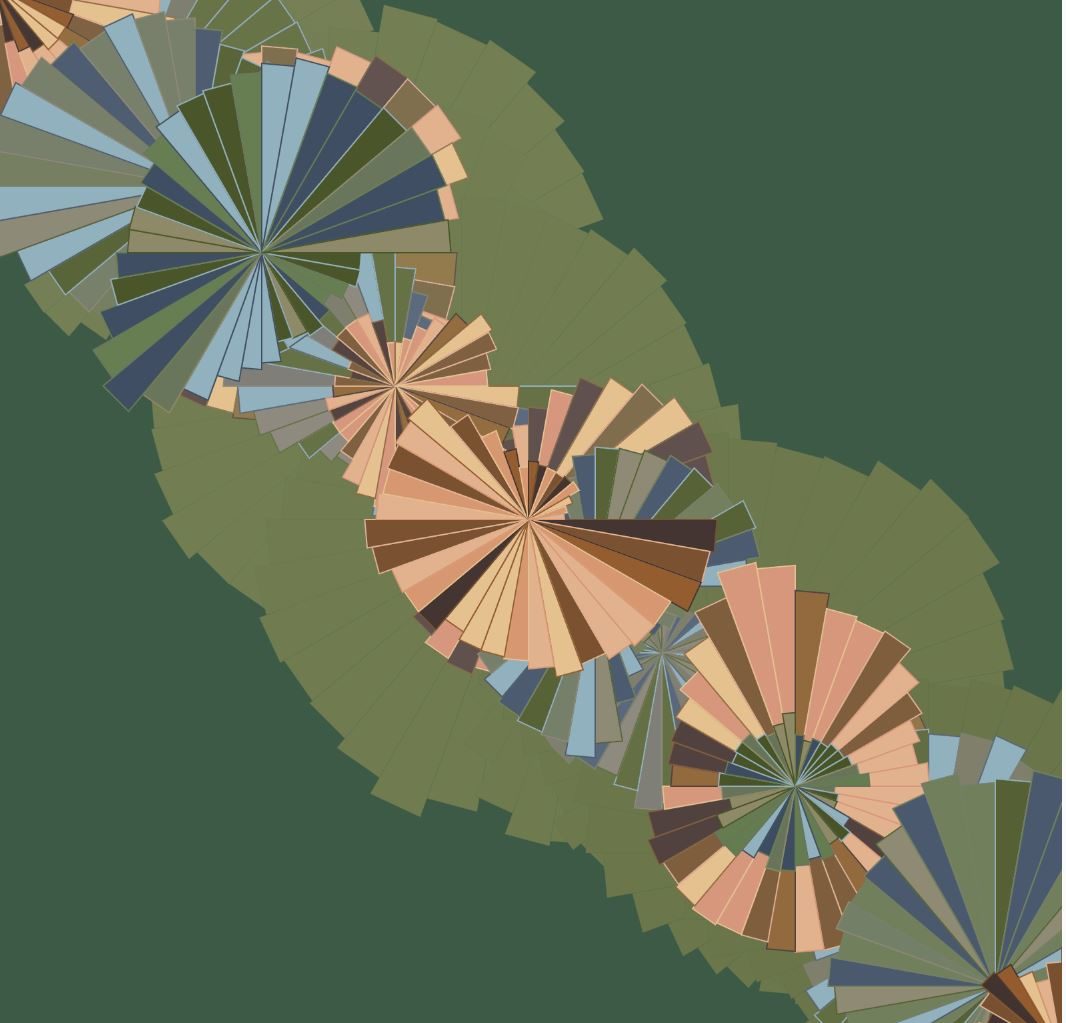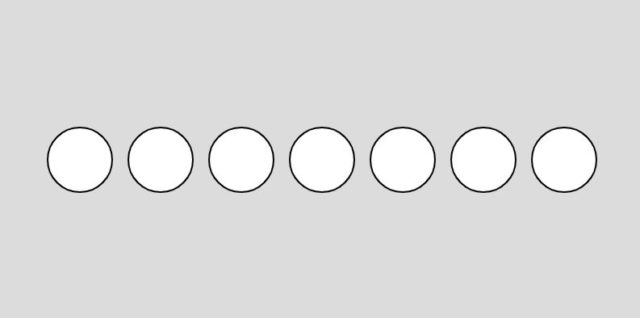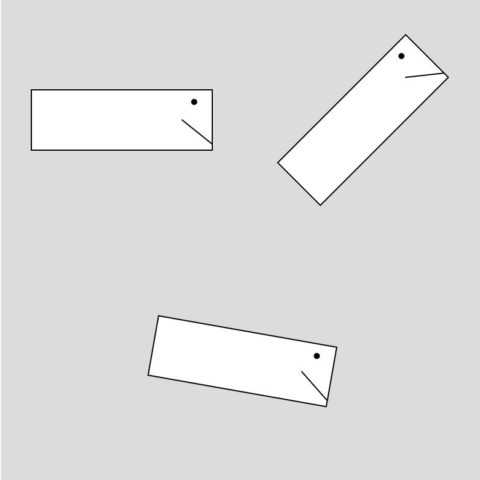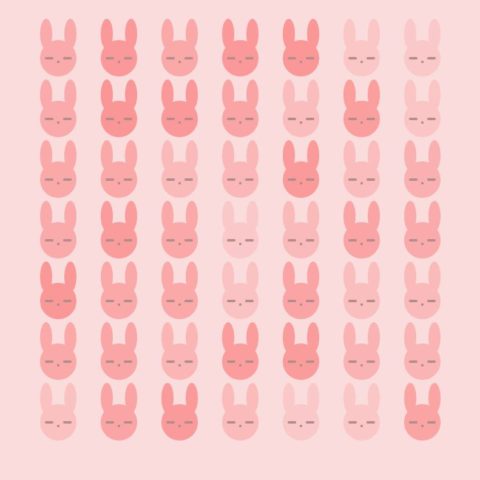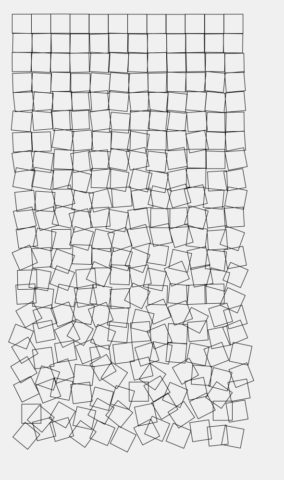This movement towards NFT’s by new media artists starts to feel more and more like a byproduct of a broken art market, and it’s more than understandable why some artists sell NFT’s, despite the environmental costs. I was honestly shocked by the statistics listed in the Flash Art article about the demographics of today’s most successful artists in the auction market. Chances are, if you’re not a white male from an extremely wealthy and privileged background, your chances of success in the traditional art market is incomparable. Thus, I can’t help but be sympathetic and supportive of these artists.
However, it is impossible to ignore how unstainable the market is, and to what degree it can harm the environment. This problem is at the fault of how the value of proof of work cryptocurrency is determined to begin with, and its energy consumption is increasing with no end in sight. I can’t imagine a successful and sustainable future with a cryptocurrency-based market for art, especially with a proof-of-work model.
Lastly, I’m skeptical of the current NFT market, especially in regards to art theft and frequent themes in the art being sold. As stated in a couple of the articles, transparency is a major issue in this virtual market. A lack of accountability in art theft and a rise in sales in NFT’s such as tokenized tweets raise questions about the future of this market. Additionally, the disconnect from the rest of the contemporary art world and these NFT’s, with a large number of NFT’s focusing on brightly-colored 3D animations of sci-fi environments strangely enough, also make it unclear how they are in relation to contemporary art now and in the future.
